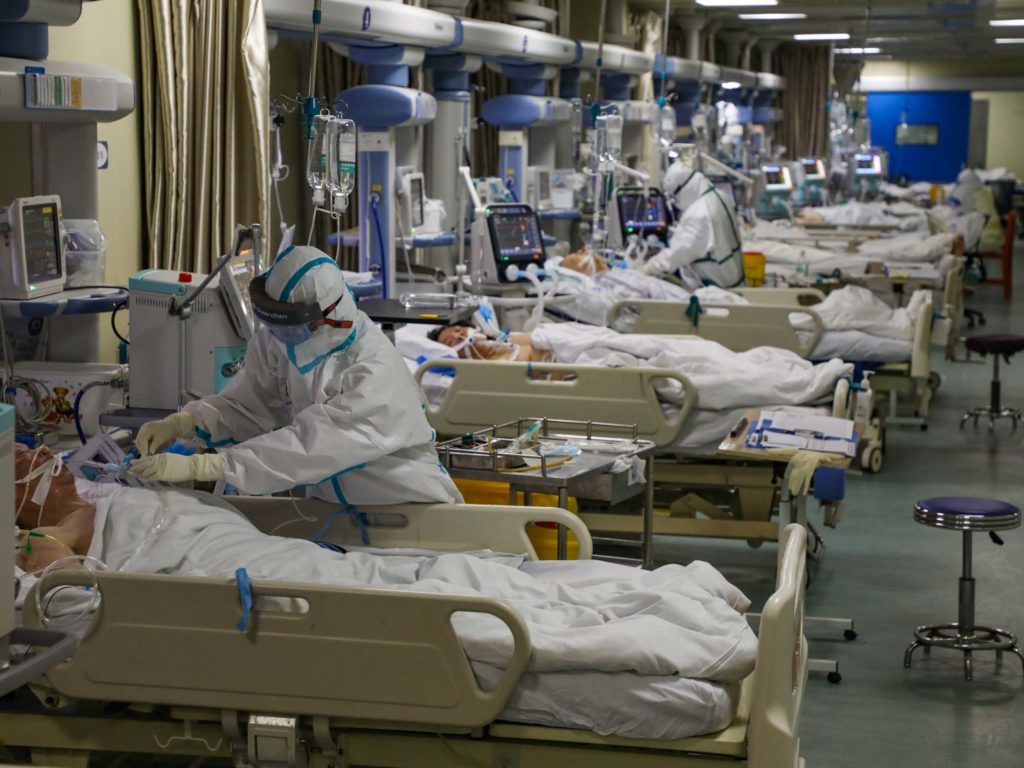The end of Covid may be coming sooner than we think. Since January the number of daily infections has reportedly declined by 77%.

The following written content from Isabel Vincent
A Johns Hopkins professor and surgeon says that the coronavirus could be “mostly gone” by April.
Marty Makary, who teaches at the university’s School of Medicine and Bloomberg School of Public Health, said in an opinion piece published in the Wall Street Journal on Friday that daily infections have declined by 77 percent since January.
“There is reason to think the country is racing toward an extremely low level of infection,” Makary wrote. “As more people have been infected, most of whom have mild or no symptoms, there are fewer Americans left to be infected. At the current trajectory, I expect COVID will be mostly gone by April, allowing Americans to resume normal life.”
Vaccinations and the high number of people who have already been infected in the US — more than 28 million — could contribute to herd immunity in the spring, Makary said. Herd immunity occurs when enough people become immune to a virus, ending its spread. Makary also said it would protect against new strains of the coronavirus from spreading. Read more from NY Post
Johns Hopkins
Johns Hopkins Medicine researchers are working tirelessly to find ways to better understand, treat and eventually eliminate COVID-19 and the illness that results from infection. New discoveries and observations from Johns Hopkins that we share here, especially those related to clinical therapies, are almost uniformly early in concept. They will require rigorous research, testing and peer review before solid conclusions for clinical care and disease prevention can be made.

In addition, Johns Hopkins researchers are conducting a variety of clinical trials to find new ways to detect, prevent and treat COVID-19. These trials include studies involving Johns Hopkins employees, people who have COVID-19 and analysis of collected data about the illness. Results of these clinical trials will be available when data is analyzed, peer-reviewed and published.





